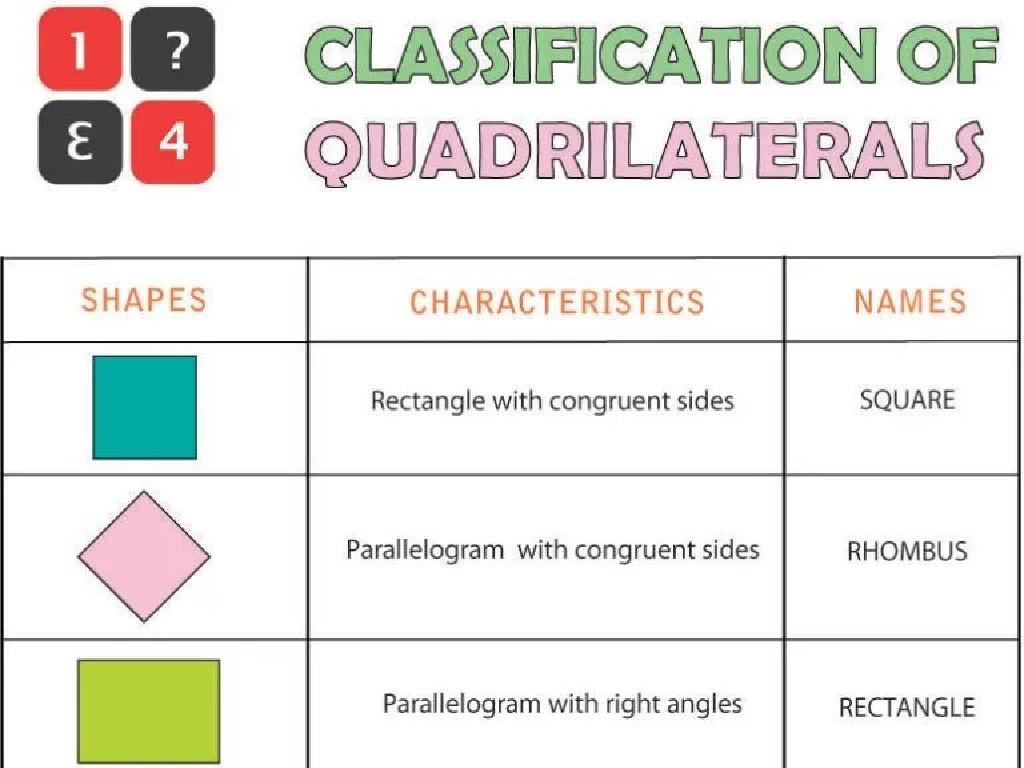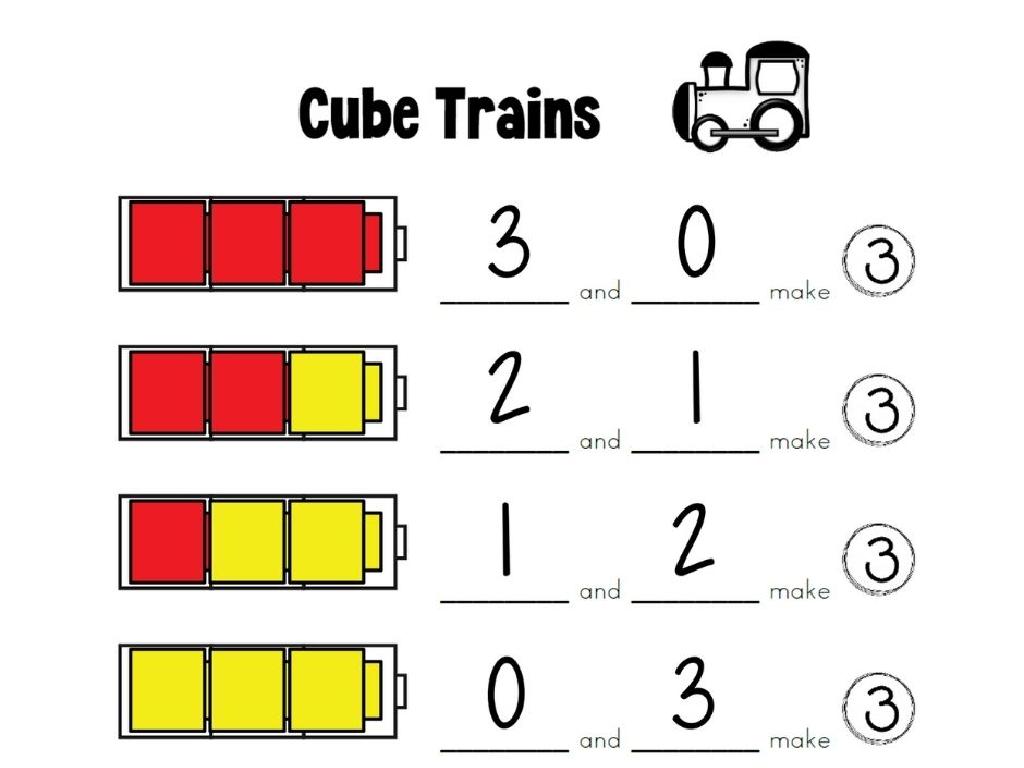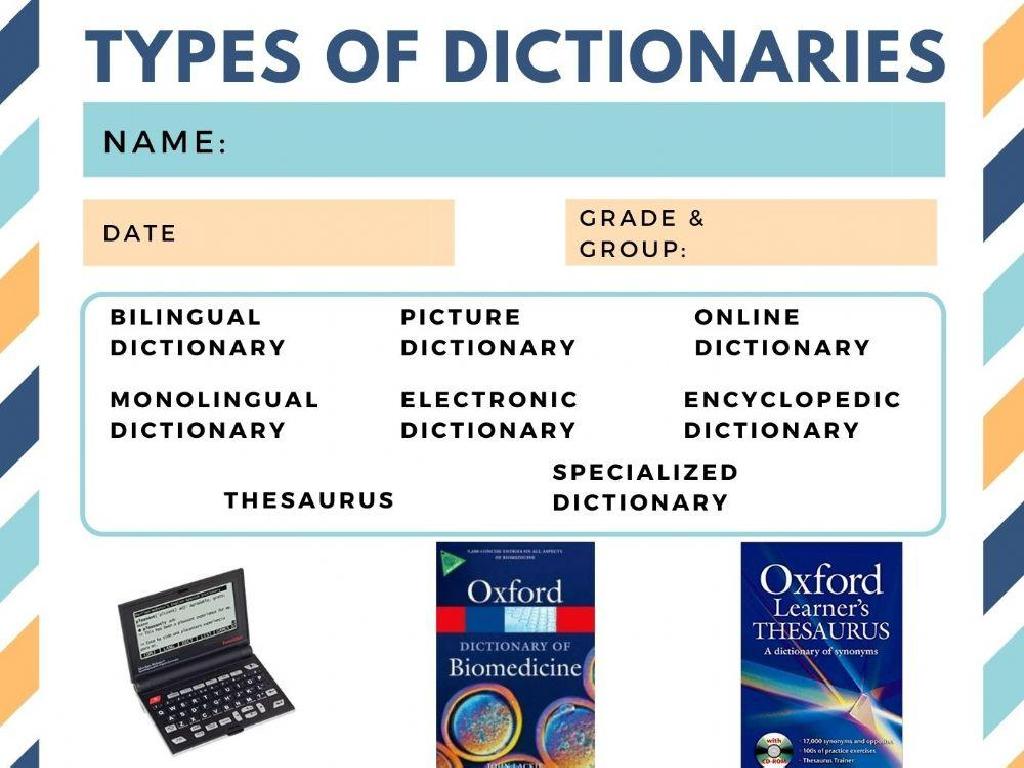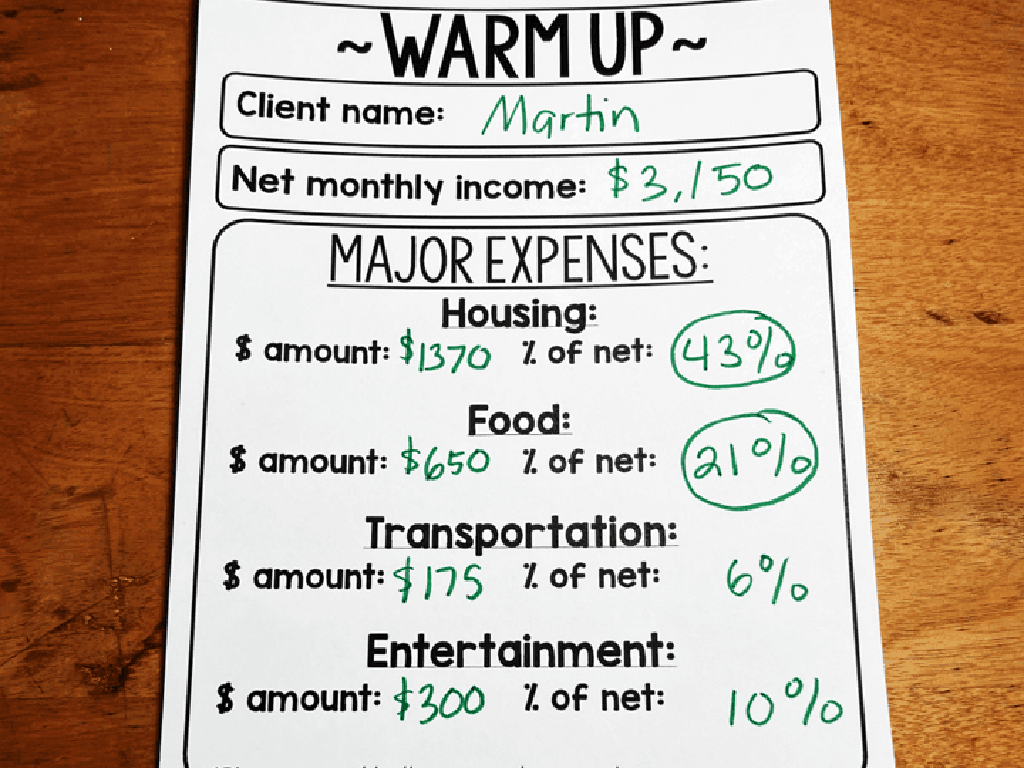Compare Populations Using Measures Of Center And Spread
Subject: Math
Grade: Seventh grade
Topic: Statistics
Please LOG IN to download the presentation. Access is available to registered users only.
View More Content
Introduction to Statistics: Centers and Spread
– Why statistics are important
– Measures of center: Mean, Median, Mode
– Mean: average, Median: middle value, Mode: most frequent
– Measures of spread: Range, IQR, Std Deviation
– Range: difference between max & min, IQR: middle 50%, Std Deviation: average distance from mean
– Comparing populations with statistics
|
This slide introduces students to the fundamental concepts of statistics, emphasizing its importance in everyday decision-making and scientific research. Students will learn about measures of center, which summarize a dataset with a single number representing its middle. They will explore the mean, median, and mode, understanding how each measure provides different insights. The slide also covers measures of spread, which describe the variability within a dataset, including range, interquartile range, and standard deviation. Emphasize that these tools allow us to compare different populations effectively. Provide examples and encourage students to think of situations where they might need to compare data, such as test scores or heights.
Measures of Center in Populations
– Mean: Calculating the average
– Add all numbers and divide by the count
– Median: Identifying the middle
– Arrange data and find the central value
– Mode: Determining frequency
– The value that appears most often
– Example: Data set analysis
– Use a sample set to find mean, median, mode
|
This slide introduces students to the concepts of mean, median, and mode, which are central measures used to summarize data sets. The mean is found by adding all the values together and dividing by the number of values. The median is the middle value when the data set is ordered from least to greatest, and the mode is the most frequently occurring value. Provide an example data set and walk through the process of calculating each measure. Emphasize that these measures help compare different populations by highlighting typical values and the spread of data. Encourage students to practice with their own data sets to solidify their understanding.
Understanding Measures of Spread
– Range: High minus Low
– The range is found by subtracting the smallest value from the largest.
– IQR: Middle 50% spread
– IQR is the range of the middle half of a data set, between the 25th and 75th percentile.
– Standard Deviation: Mean distance
– Standard deviation measures how spread out numbers are from their average.
– Example: Calculate measures
– Let’s calculate the range, IQR, and standard deviation for a given data set.
|
This slide introduces students to the concepts of range, interquartile range (IQR), and standard deviation as measures of spread in a data set. The range provides a basic measure of spread by looking at the difference between the highest and lowest values. The IQR gives insight into the spread of the middle 50% of the data, which is less affected by outliers than the range. Standard deviation is a more advanced measure that tells us how far away, on average, each data point is from the mean. To solidify these concepts, provide an example data set and walk through the calculation of each measure. Encourage students to understand how each measure provides different insights into the variability of a data set.
Comparing Populations with Statistics
– Reasons to compare populations
– Measures of center and spread
– Mean, median, mode, range, and IQR
– Understanding box plots
– Visual representation of data spread
– Activity: Crafting box plots
– Compare data sets by creating box plots
|
This slide introduces the concept of comparing different populations using statistical measures. Students should understand that comparing populations can reveal differences and similarities that are not immediately obvious. Measures of center (mean, median, mode) and measures of spread (range, interquartile range) provide a summary of the data, which can be compared across different populations. Box plots, or box-and-whisker diagrams, are introduced as a tool for visual comparison. The activity involves students creating their own box plots for different data sets, which will help them practice interpreting these graphs and understanding the statistical concepts. For the activity, provide students with data sets or have them collect their own data. They will calculate the measures of center and spread and then construct the box plots. Encourage students to discuss their findings and what the box plots reveal about each population.
Real-World Applications of Statistics
– Statistics in daily life
– Analyzing trends, making decisions based on data
– Business applications of stats
– Market analysis, improving customer satisfaction
– Statistics in scientific research
– Experimental design, data interpretation
– Future personal use of statistics
– Consider how you might use data to make choices
|
This slide aims to show students the practical applications of statistics in various aspects of life. Begin by discussing how statistics help us understand and interpret data in our everyday lives, such as in sports, weather forecasts, and healthcare. Explain how businesses rely on statistical analysis for market research, quality control, and financial planning. Highlight the importance of statistics in scientific research, including hypothesis testing and result validation. Engage the students in a discussion about how they might use statistics in their future careers or personal life, such as for managing personal finances or making informed decisions. Encourage them to think critically about the role of data in shaping the world around them.
Class Activity: Comparing Student Heights
– Collect classmates’ height data
– Calculate mean, median, mode, range
– Mean: average height, Median: middle value, Mode: most common, Range: difference between tallest and shortest
– Create a box plot with the data
– Visual representation of data spread
– Discuss findings as a class
|
This interactive class activity is designed to help students understand statistical concepts by applying them to real-world data. Students will work in groups to measure and record the height of each classmate. They will then use this data to calculate the measures of center (mean, median, mode) and spread (range). Next, they will create a box plot, which is a visual summary of the data’s distribution, including the median, quartiles, and extremes. Finally, the class will come together to compare and discuss their findings, fostering a deeper understanding of how these statistical measures can be used to compare different populations. Possible variations for the activity include comparing boys’ and girls’ heights, comparing heights by age, or even comparing with data from another class.
Conclusion: Understanding Populations in Statistics
– Recap: Center & Spread Measures
– Mean, median, mode, and range are key concepts.
– Why Compare Populations?
– It helps us make informed decisions based on data.
– Homework: Analyze Real Data
– Find a data set and calculate its mean, median, mode, and range.
– Prepare for Next Class Discussion
|
As we conclude today’s lesson, remember that measures of center and spread are crucial for summarizing data. Understanding these concepts allows us to compare different populations effectively. For homework, students are tasked with finding a real-world data set and applying statistical measures to compare it. This exercise will reinforce their understanding and prepare them for a class discussion where they will share their findings and insights. Encourage students to think critically about the data they choose and what the measures of center and spread can tell us about the population.






